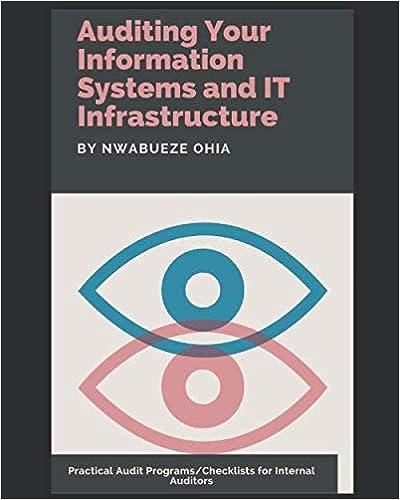Please explain employee productivity information. Consider the evidence presented in Exhibit 1.
- Is the evidence strong enough to proceed with the further investigation?

 Exhibit 1
Exhibit 1
INTRODUCTION TO AUDITING ALCHEMY Auditing Alchemy (AA) is a privately-held manufacturing company established in 1998. AA manufactures spheres that are used in a variety of industrial applications. AA is the top sphere producer in the industry and also sells spheres to the U.S. government and other aerospace contracts. The spheres are sold in two forms: green and gold. A third form of sphere, red, is also a by-product of the manufacturing process. Although it is not publicly traded, AA has had an internal audit department for more than a decade. The department has a chief audit executive (CAE) who reports to the board of directors and who reports administratively to the CEO. The department has three other internal auditors, in addition to the director. The department has broad responsibilities within AA, but among its duties are deterring and investigating fraud and safeguarding assets. PROBLEM DEFINITION: A POSSIBLE FRAUD Sylvia Torrance is Auditing Alchemy's CEO. She had been feeling uneasy about AA's manufacturing output since the beginning of calendar year 2006. Although sales were brisk and profits remained at an acceptable level, there seemed to be less profit from sales and higher expenses for manufacturing. As a result, she scheduled a meeting with AA's CAE Bret Anderson to discuss the situation. Conversation between Sylvia Torrance (CEO) and Bret Anderson: ST: Thanks for stopping by today. I'm not sure if we have a problem here, but something doesn't seem right about our finances. Profit level is acceptable, but we should be doing better. Our gross margin percentage has dropped from 27% in 2005 to 25% so far in 2006. Our selling price and operating expenses are pretty consistent between the two years. BA: What is it exactly that doesn't seem right to you? ST: That's just the problem. I can't quite put my finger on it, but the financials for the company just don't look right to me. The bottom line is still healthy, but I'm just not comfortable with things. The CFO's staff has done some preliminary analyses, and it appears there might be a problem with missing inventory. Let me lay out for you what we have found so far. First, there was an extensive examination of our warehouse. The physical protection for inventory is the most secure I've ever seen. We also did a complete review of the internal controls; they're well-designed and, more importantly, they actually work the way their intended. I am confident that if there is a problem with missing inventory, it has to occur in manufacturing, before it reaches the warehouse. Our raw material cost per unit to produce a gold sphere and a green sphere is up significantly over the last couple of years. We use a standard cost system and consequently develop a standard material cost for each type of sphere produced. Our standard material cost is $348 for a gold sphere and $90 for the green sphere. Last year our costs were just about on target ($349 for gold spheres and $89 for green spheres) compared to the standard, but not this year. This year the material cost for the gold spheres has increased 2% to $356. We further broke the materials cost variance into a price variance and a usage variance. The price variance was near zero as I had expected, since Purchasing had told me there was no increase in the price we were paying for raw materials. In fact, the whole cost variance was made up of the usage variance. We used more raw material in producing this year's usable spheres than we had in previous years. At the same time, however, our cost of goods manufactured/raw material inventory ratio is pretty consistent over the most recent six quarters, indicating that we are using about the same amount of raw material in our production process as we have previously. We use a perpetual inventory system and have not done a manual inventory count in a couple of years because of the cost of doing this. Finally, we have also noticed that our raw material purchases are up over last year. ASSIGNMENT There are three separate tasks for this case, each of which has a specific set of deliverables, as follows: TASK 1: Imagine you are Bret Anderson and have been provided the following employee productivity information. What evidence can you provide that further investigation is or is not needed? Provide specific calculations to support your decision, as well as a narrative analysis of what the calculations demonstrated to you. Keep in mind that any further investigation will be disruptive, so any recommendation to proceed will require strong evidence. If you decide to proceed, is the evidence you produce indicative that fraud has occurred? Explain why or why not. EXHIBIT 1: Year-to-date production by employee Refer to Excel file: T1_AA_Prod_Data.xls Employee Edwards Mathis Sanchez Grand Total Data Sum of Gold 3899 4053 4058 12010 Sum of Green 81878 81825 81850 245553 Sum of Red Sum of Total 6291 92068 6086 91964 6400 92308 18777 276340

 Exhibit 1
Exhibit 1






